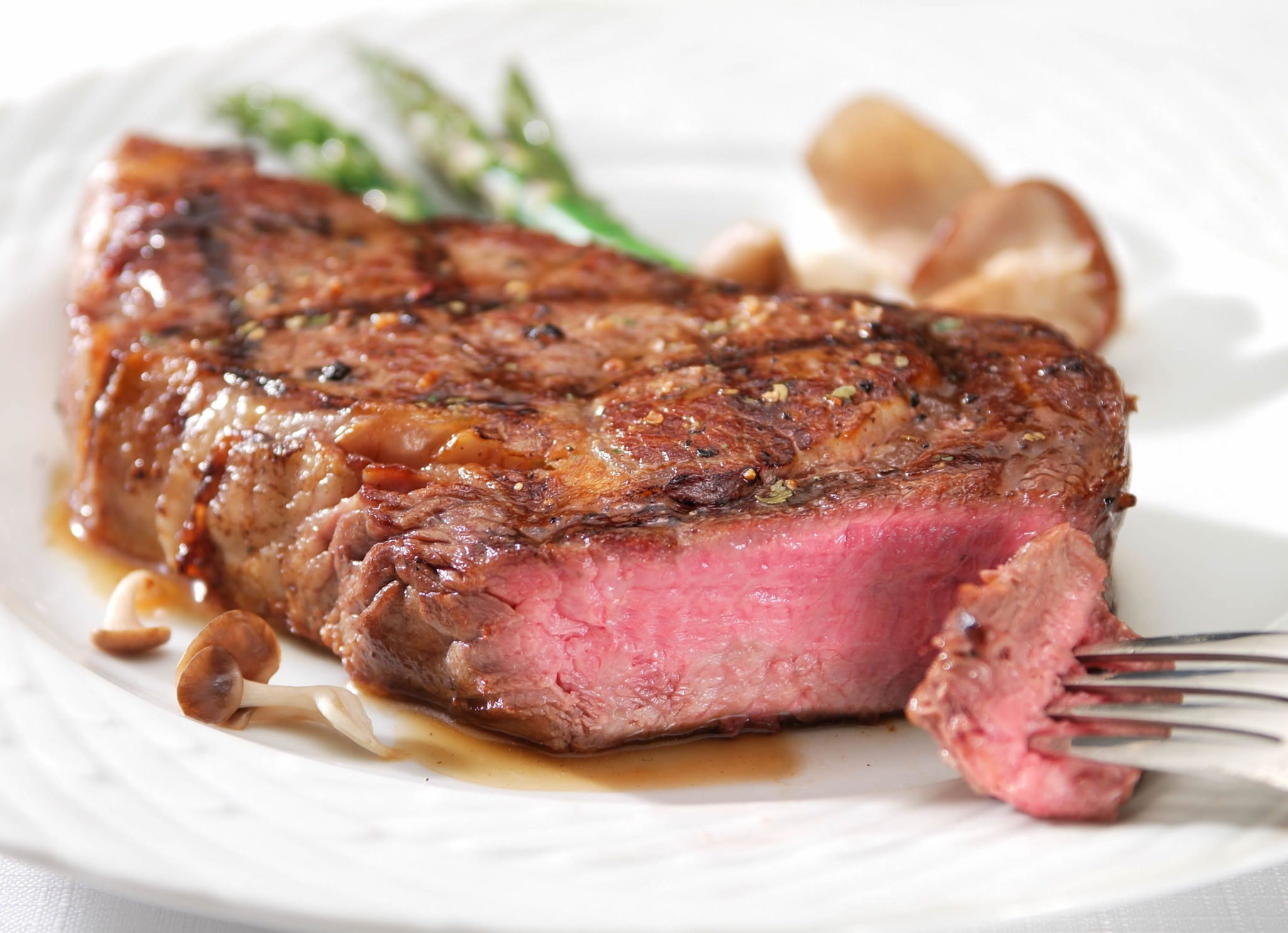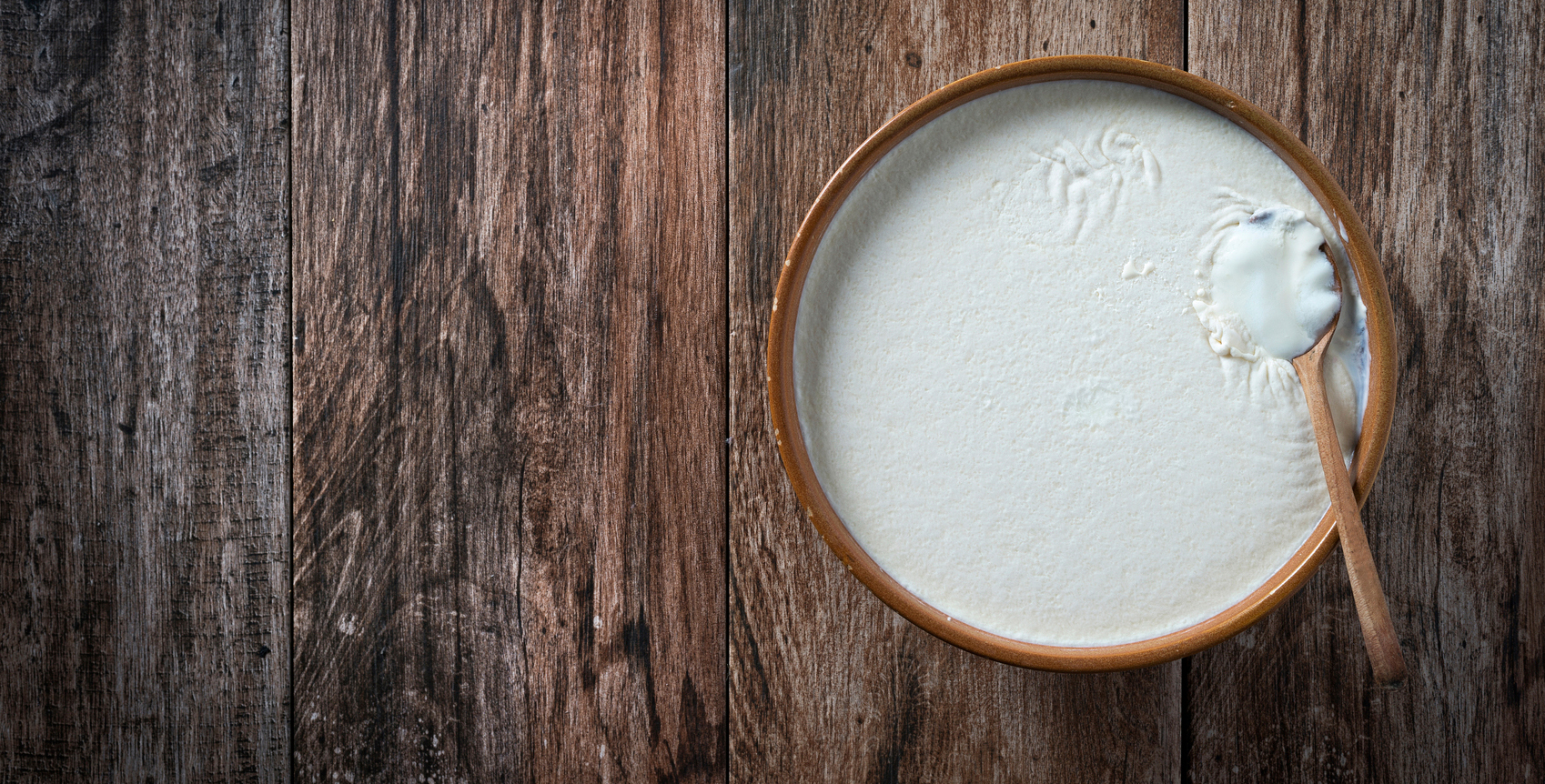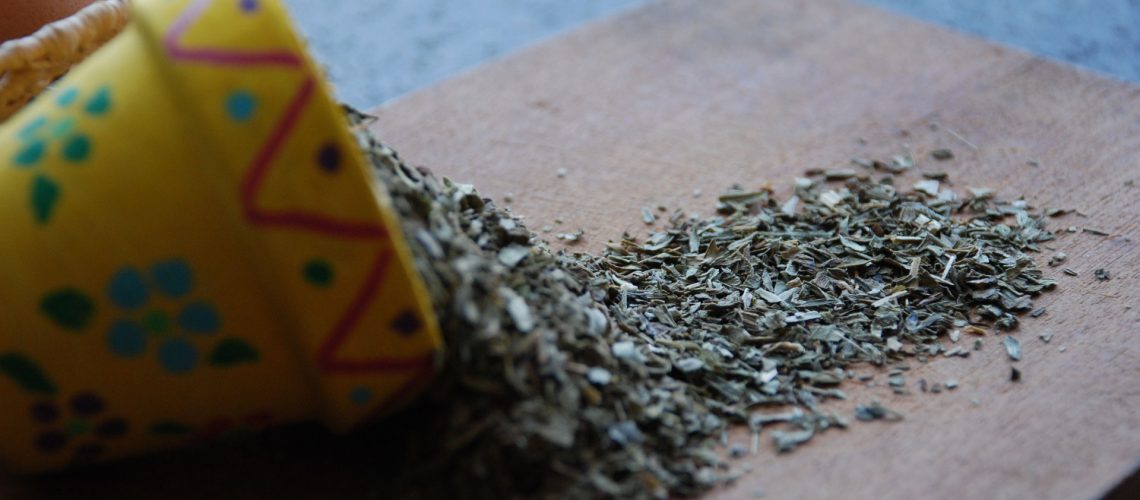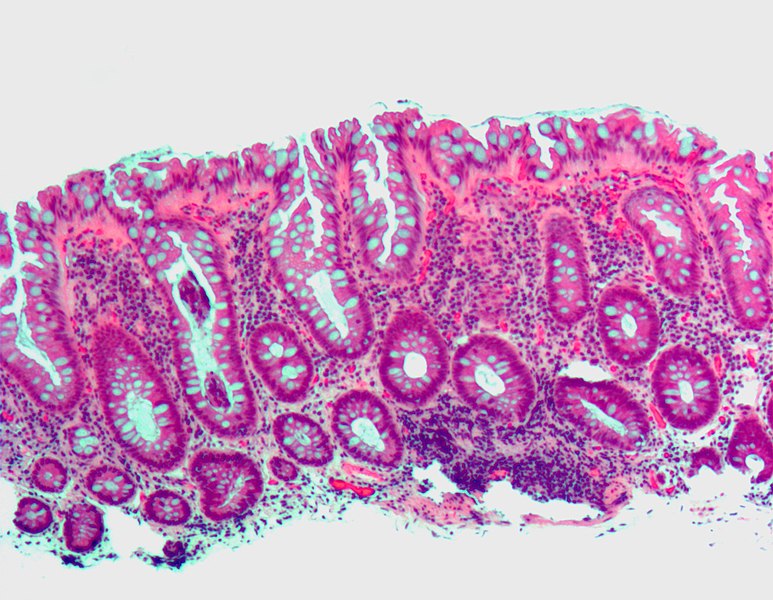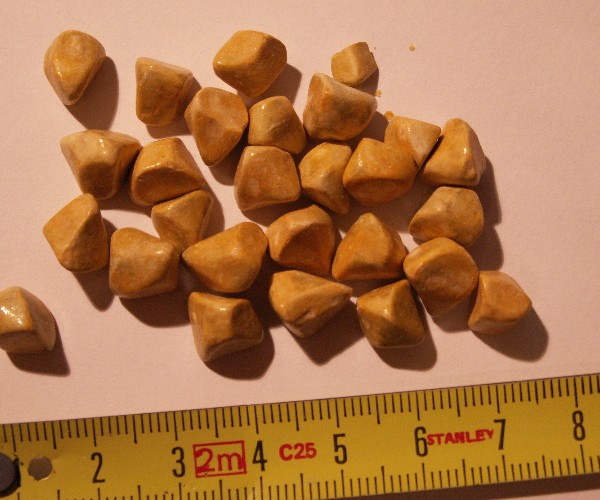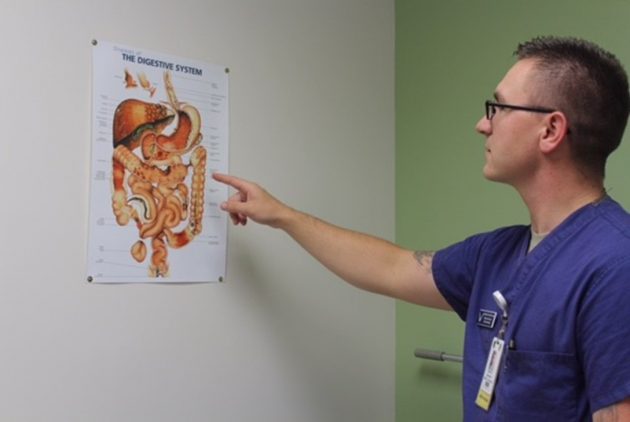Some people call it estragon, dragon, dragonella. Whatever name you give it, we are always talking about one aromatic herb: tarragon. A flavorful condiment in the kitchen and of ‘healthful’ use in cosmetics and in pharmaceutical and/or homeopathic applications, tarragon is versatile and of many virtues, all to be discovered. You can buy it either fresh or dried in herbal stores, specialty stores, online, but it is more fun to grow it and we will see what aspects to pay attention to.
‘Botanical’ origins. Its scientific name is Artemisia dracunculus, it belongs to the Compositae family and is a perennial herb like fennel, anise and wormwood from which it also took some flavor. It originated in China, more specifically in South Siberia, but is also found in southern Russia, later coming to Europe as well. In Italy it is cultivated; it rarely grows wild. It prefers soils rich in organic matter, sunny locations sheltered from winds, and temperate climates.
Name. It is very evocative and already here hovers some ‘curious’ mystery. The name comes from the Latin dracontium, which in turn originated from the Greek drakon, dragon precisely. So in essence this plant would call to mind the idea of the “little dragon,” but one could be mistaken because according to some instead the name would refer to the “snake” because of the shape of its roots, which resemble precisely a tangle of snakes. It is not ruled out that it may also be associated with the therapeutic properties of this herb; in fact, the Greeks and Romans employed it as an antidote against the bites of snakes, which they called “dragons,” hence the possible association of ideas between these two reptiles. Finally, it could be assumed that in ancient times it was considered a valuable herb: in fact, in India the juice extracted from the plant was reserved only for royalty.
Plant. It is an aromatic perennial herb that can therefore be found all year round. The roots are rhizomes and therefore propagate easily, the stem, on the other hand, forms bushes that can reach a height of about 120-150 cm.Its flowers are small, yellowish-green/straw-yellow in color, grouped in inflorescences that resemble panicles in shape and sprout between July and September. In contrast, the leaves are thin, glossy, dark green. The plant also has a fruit, also dark in color, approximately 1-2 millimeters in size, the seeds of which are generally sterile.
Uses. Its use in culinary-gastronomy is leading the way, perhaps because of the well-defined taste of this herb. In fact, the flavor is reminiscent of the aromas of pepper, anise, and parsley, which make tarragon marry well with the preparation of various recipes, such as pesto, sauces among the most typical are the French Bernese sauce or tartar sauce, and flavored butters and vinegars. Its taste also goes very well with grilled meat or chicken, fish, stuffed hard-boiled eggs, garlic-based stir-fries, as well as with rice, legume soups, salads, or added to cheeses. Not surprisingly, it has been employed by French cuisine since the 16th century and in Italy especially in Tuscan cooking. Tarragon can also be used to flavor pickles and marinades: it pairs well, for example, with gherkins, carrots, mushrooms, spinach, peas, and savory, another aromatic herb. But not only that, because of its savory taste, tarragon can be a good substitute for salt. Finally, its more ‘delicate’ side also makes it suitable for infusions, decoctions and essential oils prepared from the leaves.
Cultivation. Tarragon grows best in the north, but I know it can also be produced with excellent results in areas of central Italy by following a few tricks. If planting is opted for, this should be done in the fall or spring, with the risk, however, that not all seeds will be fertile and thus proliferation profitable. Better then to choose two other possible modes of replication: i.e., replication by rhizome, that is, taking advantage of the culture from the root with greater hold and development in the soil, or replication by cuttings, in which case replication is from a carefully cut twig placed in the soil that will give rise to a new seedling. In any case take care to space each seedling 40-50 cm apart since the roots grow as they grow, requiring a lot of space.
****
Clip
How can you make tarragon cultivation perform at its best? Choose a loosely packed, well-drained and fertile soil, although it is a plant that adapts well to many types of soil, and a sunny , wind-sheltered location because tarragon fears frost, as well as little heat. So in winter, cover it with a straw mulch. Regarding watering, tarragon does not require special watering: little water in winter when the plant enters its dormant period, which is also the best time for pruning, and more in summer or long dry periods. Finally, harvest leaves and inflorescences throughout the spring and into late summer, but take care to leave at least half on the head for replication.



